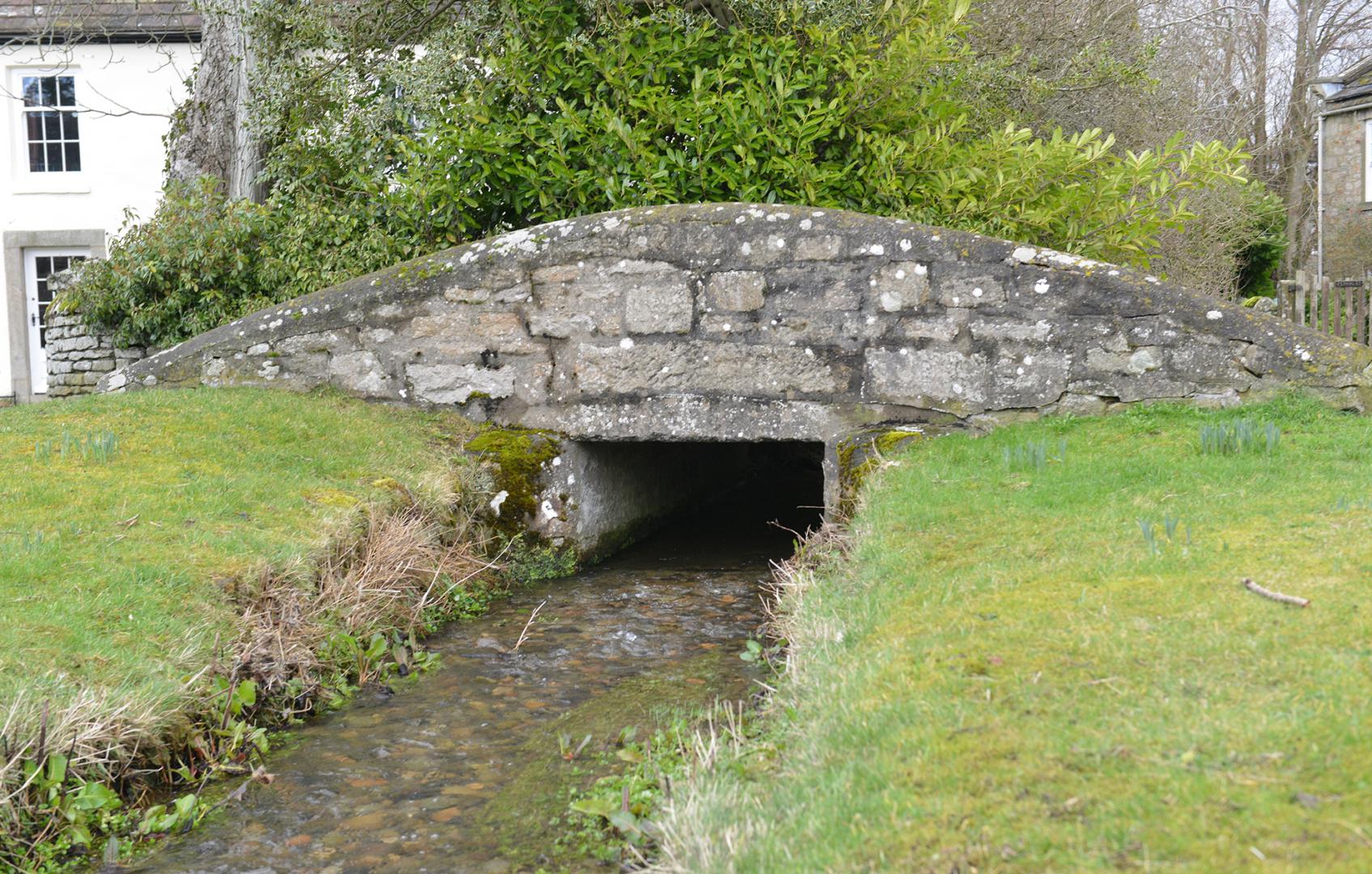Teesdale Record Society
The society met at Cotherstone’s Methodist Schoolroom on Monday, February 3. Chairman, Mr NH Cross welcomed everyone to the meeting and, is the usual custom, wished everyone a happy New Year as this was the first meeting of the 2020.
The chairman then handed control of the meeting to Peter Collyer who introduced the speaker for the evening, which was the society’s chairman.
The title of the presentation was the Bridges of Cotherstone Part One.
To begin with, the speaker indicated that throughout the Durham/Yorkshire dales, Cotherstone is one of the few villages that has a large number of bridges per area.
As a starting point the number of bridges in Cotherstone is in the region of 15 to 20 – both public and private – and each has served a purpose in the past and now the present.
To provide a little of the historical context he read an extract from Medieval Bridges, by Mike Satter: “Of many stone bridges built in Britain between the 12th century and the mid-16th century, about 500 still survive in some form.”
This is both an indication of the quality of the workmanship and of the skills of the stonemasons in being able to design and then build a structure that could keep pace with time and withstand nature’s power.
The starting point was to indicate the type of bridges that are present in Cotherstone, including clapper bridges, road bridges, pack horse bridges, demolished bridges, pipe bridges, foot bridges, stone arch bridges, concrete road bridges and circular corrugated shut bridges.
The talk began with a view looking at the bridge carrying the B6277 road across the Balder.
This is a bridge of medieval origin that was rebuilt in the 1680. It was later widened on the upstream side with two extra arches to the original four.
The second picture was a view when travelling from Lartington to Cotherstone and showed the road bridge, half in stone and half in concrete. Above was the previous railway bridge, now demolished.
Pack horse bridges were shown as well as cart bridges and clapper bridges, one of which is on the village green.
The stone arch bridges were of note – the wrong type of stone would render the bridge fragile and the stream or river it crosses would wash it away.
So, there are no poorly designed or badly built ones that survive for long because the power of the water does test the strength of the bridge. If it has weakness it will be gone in an instant.
Having shown a number of other slides he came to one of the cart bridge to the east of the village that is in disrepair and falling apart.
It may well have been like this for some time, but the stonemason who had prepared the stone and then built it, had also correctly addressed the bed of the stream so the bridge did not collapse in an instant.
Having shown a number of other bridges in the presentation, he then brought to members’ attention a series of photographs that had been taken when the society had made a visit to a bridge over Deepdale Beck.
This bridge had been built in 1699, making it 321 years old. It had come about by a fortunate event.
A gentleman, William Hutchinson, was travelling from Cotherstone to Bowes on a dark, wet and windy night.
On his way to Cotherstone the beck had been low and calm. On his way back it was high and wild, and while attempting to cross he was nearly swept away by the strength of the water. Only by what he termed divine intervention, and some struggle, did he make it to the other side. At that moment he decided to build a bridge across Deepdale Beck so that other travellers on this route should never be put in danger on a wild and wintry night.
Refreshments were available at the close and consisted of tea and coffee, as well as lemon shortbread, and shortbread fingers.
The next meeting of the society will be on Monday, March 2, at 7.30pm, in the Methodist Schoolroom, Cotherstone.
The title of the talk will be Shafts of Light – Mining Art by Bob McMannes and will follow immediately after the annual general meeting.
Members and visitors are most welcome.
NH Cross





